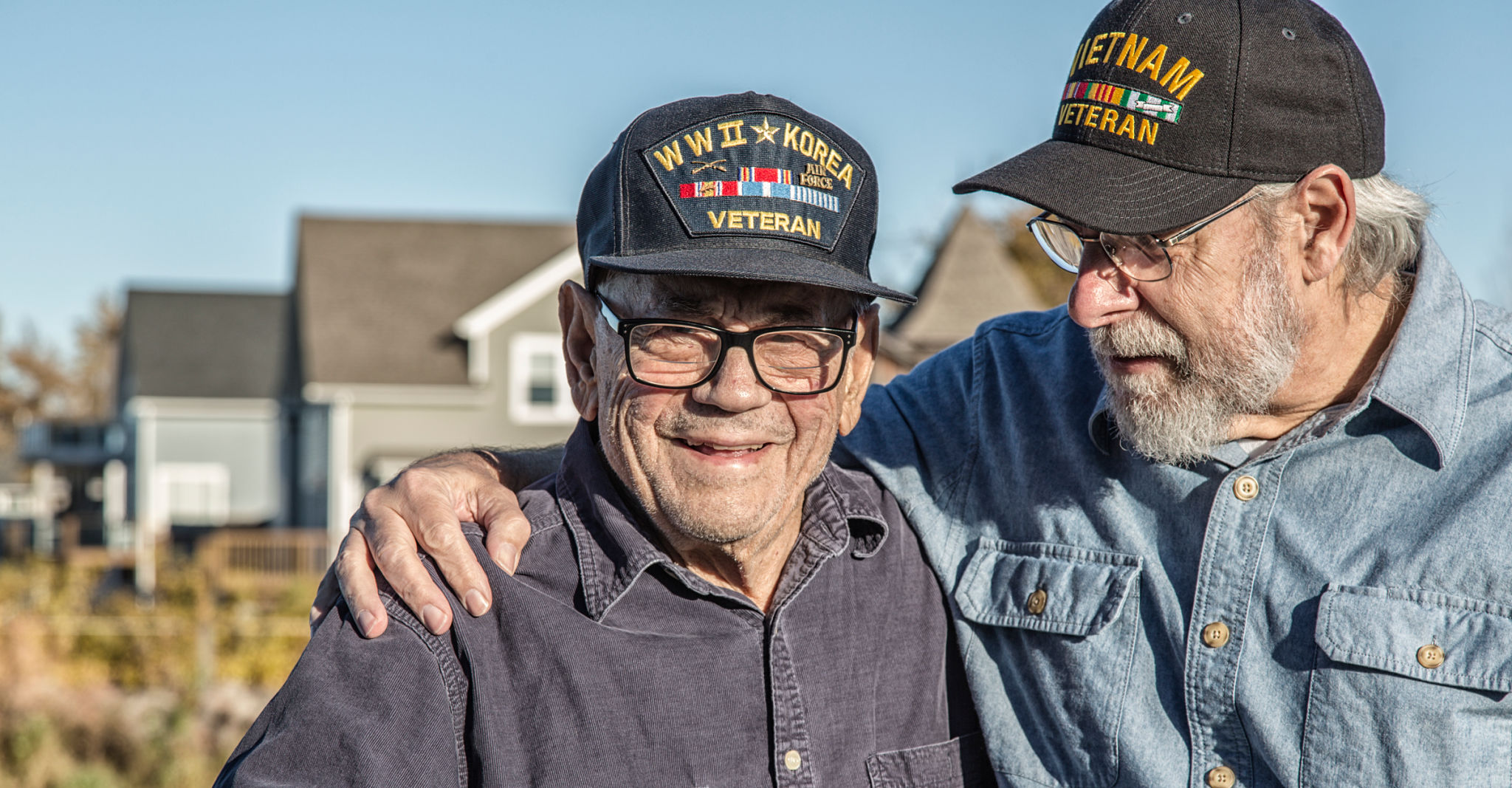Comparing Children of a Hope with Other WWII Family Dramas
Exploring the Landscape of WWII Family Dramas
World War II has been a profound source of inspiration for countless stories across genres, and family dramas are no exception. These narratives often delve into the personal and emotional impacts of the war on families, offering a poignant look at resilience, loss, and hope. Among these, "Children of a Hope" stands out, but how does it compare to other noteworthy WWII family dramas?

The Unique Perspective of "Children of a Hope"
"Children of a Hope" presents a narrative deeply rooted in the experiences of children during the war. This perspective brings a fresh and heartfelt dimension to the genre, focusing on themes of innocence and survival amidst chaos. The story is not only about the struggles faced during wartime but also about the enduring strength of familial bonds.
Unlike some other WWII family dramas that center primarily on adult experiences, "Children of a Hope" emphasizes the resilience and adaptability of children. This angle offers a powerful message about the impact of war on the younger generation and how they cope with unprecedented hardships.
Comparing Narrative Styles
One of the distinguishing features of "Children of a Hope" is its narrative style. It uses a blend of historical accuracy and emotional storytelling to engage readers. This contrasts with other WWII family dramas like "The Book Thief" and "The Boy in the Striped Pajamas," which often employ more fantastical or allegorical elements to convey their messages.

The straightforward yet deeply emotional approach in "Children of a Hope" allows readers to connect intimately with the characters’ experiences. The focus on factual events interwoven with personal stories provides a balanced depiction of wartime realities.
Thematic Exploration
A common theme among WWII family dramas is the exploration of courage, sacrifice, and hope. These themes are not only central to "Children of a Hope" but are also prevalent in stories like "Life is Beautiful" and "Sarah's Key." However, each story offers its unique interpretation and emphasis.
In "Children of a Hope," hope is portrayed as a driving force that propels characters forward, even when faced with seemingly insurmountable challenges. This portrayal is more optimistic compared to the often somber tones found in other similar narratives.

Character Development and Relationships
Character development is crucial in engaging audiences in family dramas. In "Children of a Hope," characters are intricately developed, allowing readers to witness their growth throughout the story. The relationships depicted are complex and evolve with the unfolding events, offering a realistic portrayal of family dynamics during war.
This depth in character development is comparable to that seen in "The Diary of Anne Frank," where personal stories provide profound insights into human nature. The focus on individual journeys within the broader historical context is a hallmark of impactful WWII family dramas.
A Lasting Impact
Ultimately, "Children of a Hope" leaves readers with a lasting impression through its authentic storytelling and emotional depth. It joins the ranks of other influential WWII family dramas by offering a unique perspective while highlighting universal themes that resonate across generations.
These stories serve as powerful reminders of the resilience of the human spirit and the enduring strength found within families. As more narratives continue to emerge from this era, each brings its distinct voice and contribution to our understanding of history and humanity.